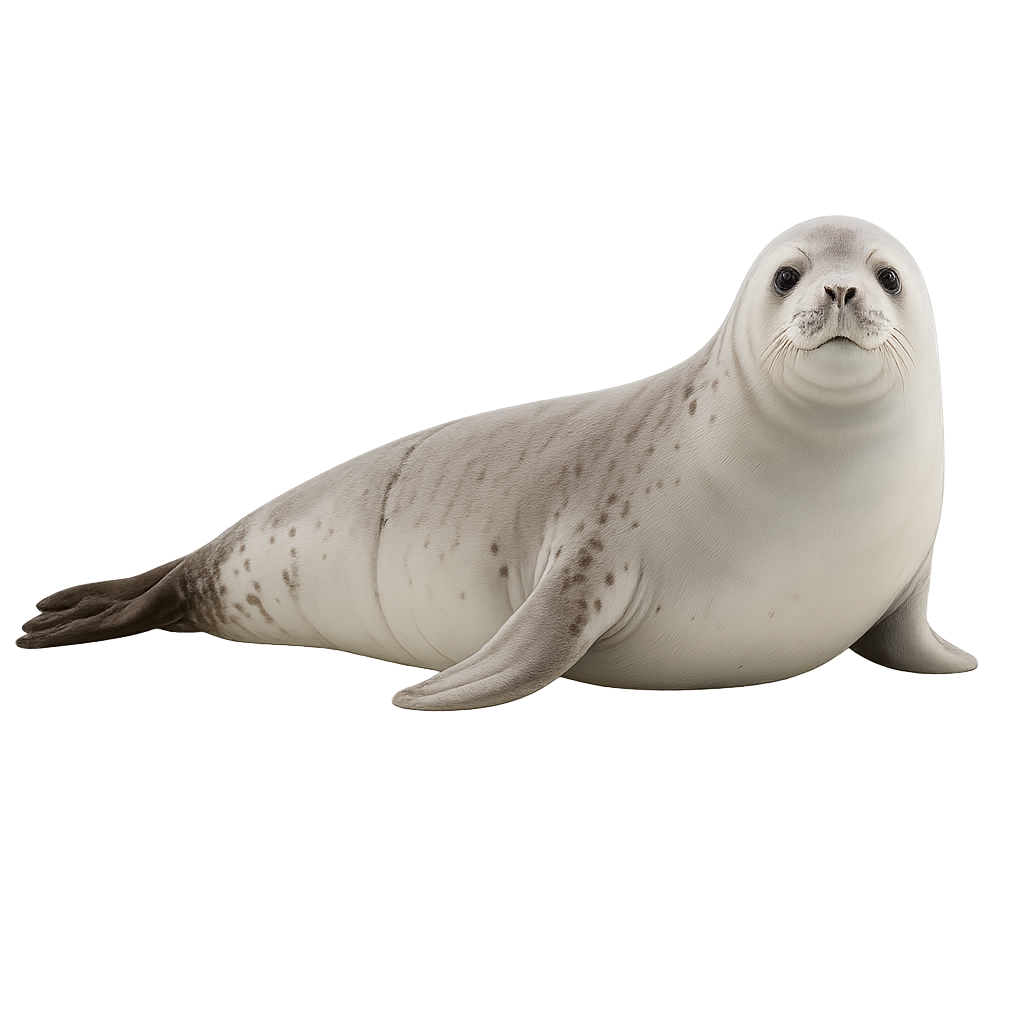Your wildlife photography guide.
Explore the crabeater seal in detail, study its behavior, prepare your shots.
Where to observe and photograph the crabeater seal in the wild
Learn where and when to spot the crabeater seal in the wild, how to identify the species based on distinctive features, and what natural environments it inhabits. The WildlifePhotographer app offers tailored photography tips that reflect the crabeater seal’s behavior, helping you capture better wildlife images. Explore the full species profile for key information including description, habitat, active periods, and approach techniques.
Crabeater seal
Scientific name: Lobodon carcinophaga

IUCN Status: Least Concern
Family: PHOCIDAE
Group: Mammals
Sensitivity to human approach: Tolerant
Minimum approach distance: 10 m
Rut period: October to November
Gestation: 240-250 jours
Births: June to July
Habitat:
Ice floes, coastal waters, open seas
Activity period :
Primarily active during the day, with peak activity in the morning and late afternoon.
Identification and description:
The crabeater seal, Lobodon carcinophaga, is a marine mammal primarily found in the cold waters of Antarctica. It is easily identifiable by its light grey coat, often speckled with darker spots. This seal is well adapted to its icy environment, with a thick layer of blubber that insulates it from the cold. It mainly feeds on krill, which it filters using its specialized teeth. Crabeater seals are often seen in large groups on the ice floes, where they rest and breed. Although they are quite numerous, their population is monitored due to climate changes affecting their natural habitat.
Recommended lens:
400mm – adjust based on distance, desired framing (portrait or habitat), and approach conditions.
Photography tips:
To photograph the crabeater seal, choose sunny days to capture the details of its coat. Use a telephoto lens of at least 400mm to maintain a safe distance and avoid disturbing the animal. The natural light in Antarctica can be intense, so adjust the exposure to prevent overexposure. If possible, capture images of groups on the ice floes to showcase their social behavior. Be patient and wait for the seal to strike an interesting pose or interact with its environment.
The WildlifePhotographer App is coming soon!
Be the first to explore the best nature spots, track rutting seasons, log your observations, and observe more wildlife.
Already 1 439 wildlife lovers subscribed worldwide

